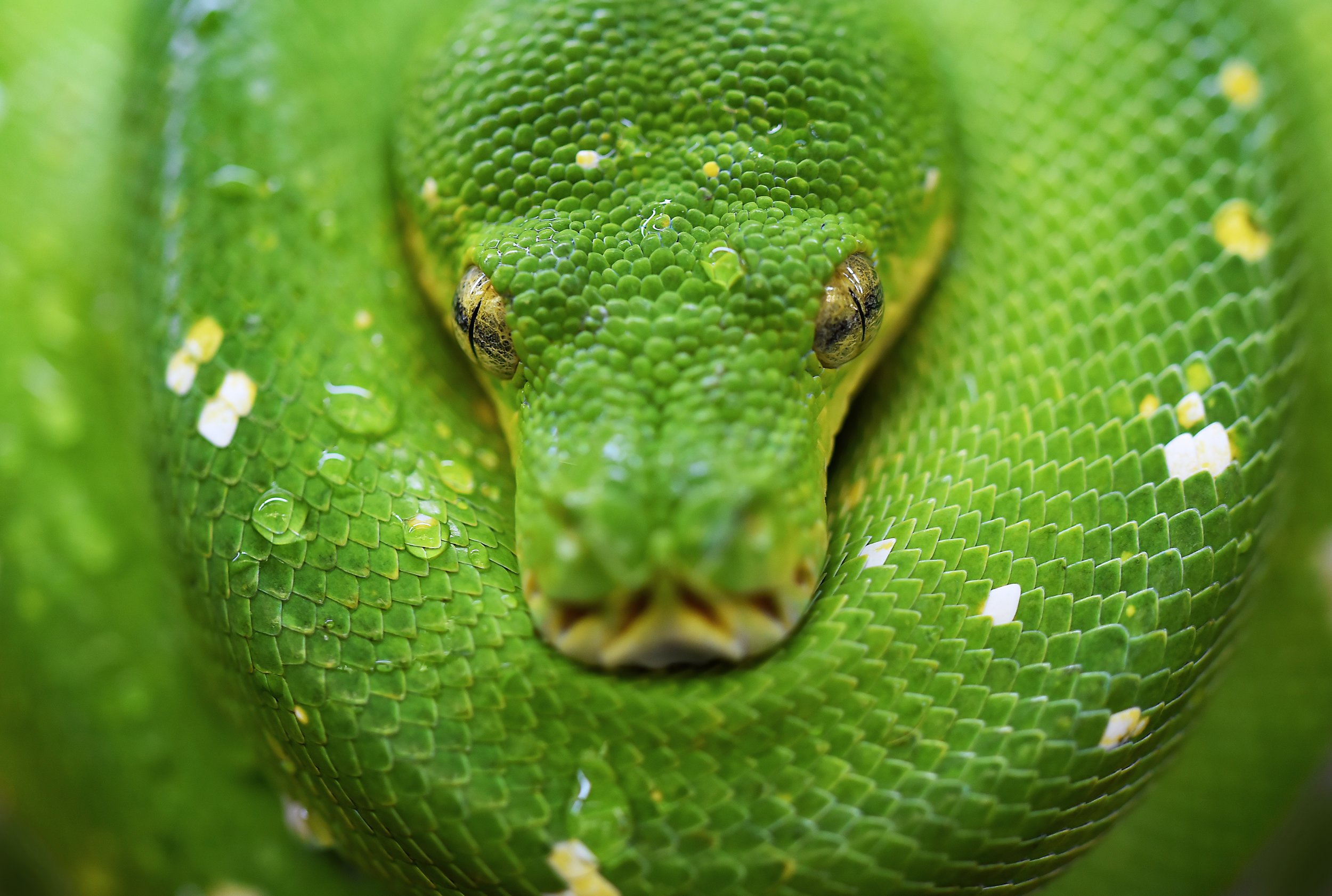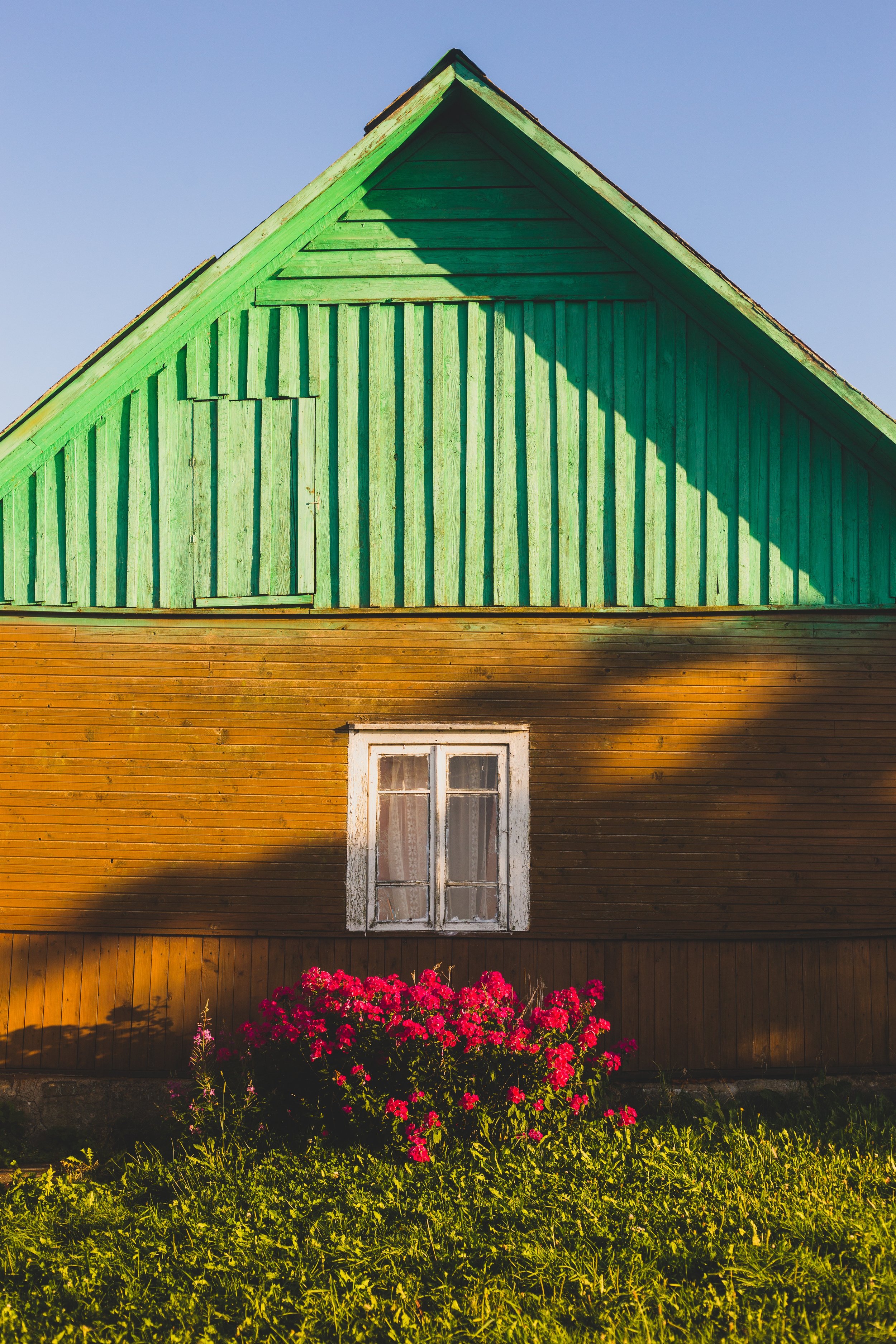As a Protestant for three decades of my life, I wasn't exposed to much sacred imagery. There were exceptions—my parents did appreciate fine art—but for the most part, the churches and homes I frequented were devoid of any religious representation beyond decorative wall crosses and ceramic angels. I'm not sure why or how the absence of such imagery became a hallmark of Protestantism, I only know that, in my experience, seeing an icon on the living room wall of a Baptist home is rare indeed. This is neither a judgment of good or bad, but merely an observation of a notable difference in religious culture.
Since becoming Catholic five years ago, my experience of Christianity has become exponentially more sensory. No longer content to think my way through faith, I find my heart yearning to experience it also through touch, taste, sight, smell, and hearing. I am made of earth, after all; the only way for me to wrestle with heaven is to physically encounter her clues.
The Catholic imagination has historically expressed herself in the weirdest of ways, which delights me to no end because, if you ask me, spirituality should be weird. After all, we're talking about humanity touching Divine cosmic mystery here; if it feels palatable, comfortable, or sensible, we're probably getting it wrong. Throughout the ages Catholic art, thought, devotions, pilgrimages, and traditions have been weird, weird, weird—and I love it. Even the parts that aren't for me, I love, because they're doing something for somebody. Be free to pursue what sparks your imagination! It doesn't have to spark mine.
During Holy Week, Catholics traditionally cover our sacred images in purple cloth: our imaginations are left to face an alternate reality where there is Nothing. Not the intangible, unutterable Mystery that is indeed "No Thing" but a true Nothing—an existence with no truth, beauty, or goodness. An existence without mercy and love or a dynamic Energy that ties each of us together and works tirelessly on our behalf. We are forced to look into such an abyss when we look at that purple cloth shrouding everything we know to be True. We glimpse an existence in which there is no Gospel, no Good News; we look within the recesses of our own doubt and waning, if only for a split second before turning away.
Notre Dame burned on the first day of Holy Week this year. One of the most treasured symbols of spirituality on this earth—mother and keeper of the Catholic imagination—caught fire while a crowd of onlookers kept a holy vigil. Some of the most sacred relics and artwork known to humankind were shrouded by cloths of smoke. Imagine, she beckoned us. Imagine if the Nothingness was true. Imagine if Love were not coming for you—relentlessly, tenaciously, determined as a mother lion, every single day coming for you. Such terror in the very prospect; and chills ran through our bones, saints and sinners alike.
Sometimes it takes a demand of imagining the alternative to make us realize what we really do believe. Sometimes it is only a swan dive into our own doubt that has the power to make us sure. Cloak the world in purple, for she is all sacred art, prophesying to us wordlessly that the longings of our hearts can be trusted. It is Holy Week.




